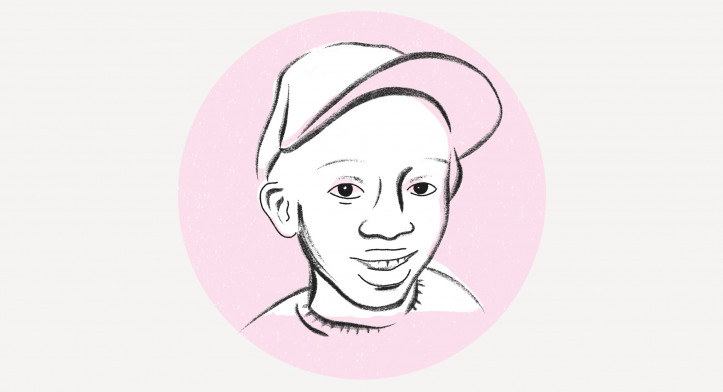
You do not need to be old enough to vote in order to be able to love with all your heart. On the following pages, Agata Kasprolewicz passionately recounts the stories of fearless children, while Igor Kubik provides affectionate artwork.
More than one sky

Nkosi Johnson
“Is Nkosi still alive?” Nelson Mandela would ask every time he returned from travelling abroad. And eventually, on 1st June 2001, 12-year-old Nkosi Johnson did die. Then, the only question asked was why he had to die so quickly. During his short life, this poor child born with HIV experienced exclusion and distress. After Nkosi’s death, his spectacular funeral was attended by journalists from around the world, and the then president of Zambia, Kenneth Kaunda, was among the mourners.
The world first heard about Nkosi Johnson in 1997 when, because of HIV, he was refused a place at primary school. His adoptive mother Gail Johnson unleashed a media storm, which led to the adoption in South Africa of a new anti-discrimination law prohibiting children from being excluded from school on the basis of their health status. Nkosi, then eight years old, could finally begin education.
This was in a country where 200








